Home>Garden Essentials>How Much Ryegrass Seed Per Acre
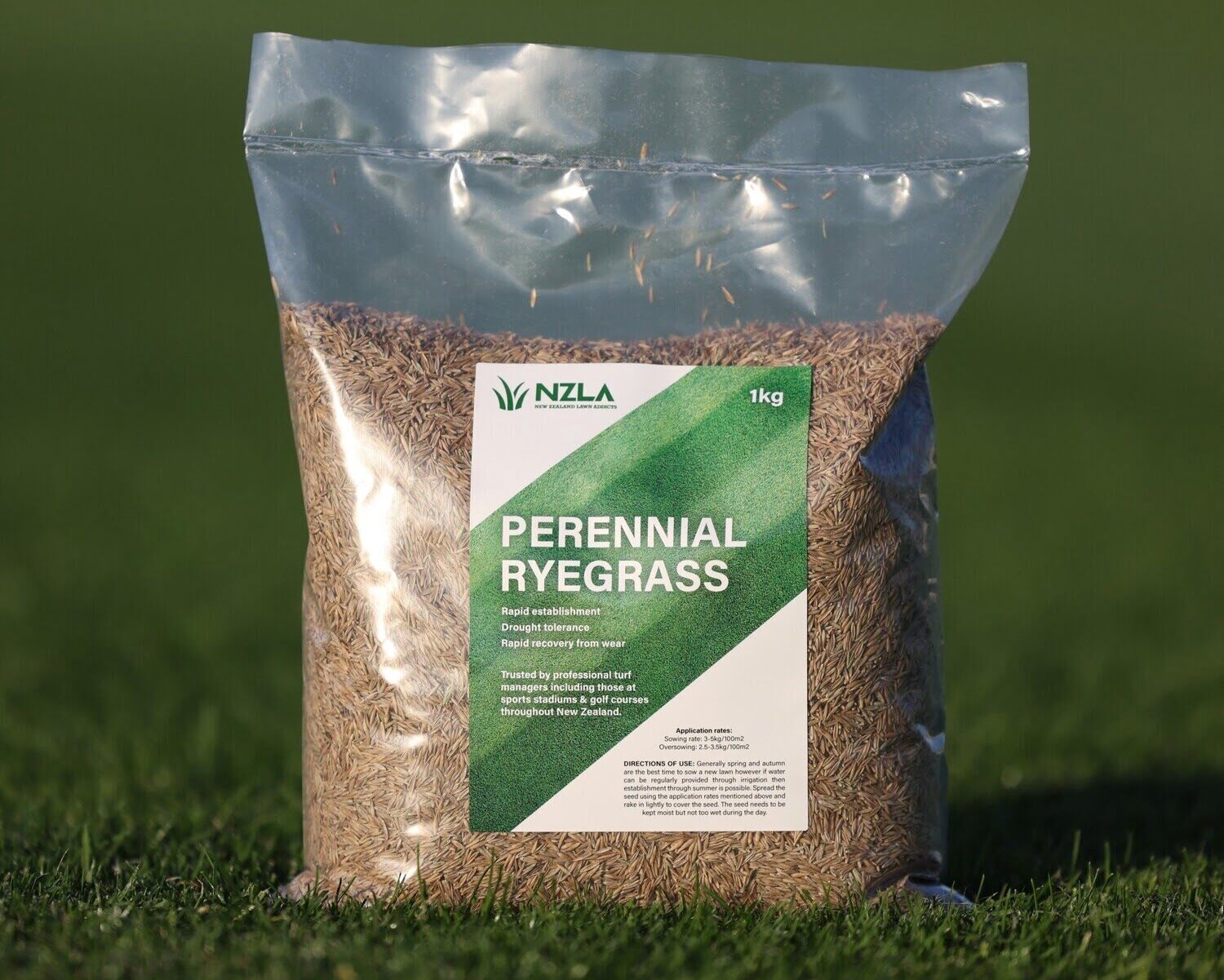

Garden Essentials
How Much Ryegrass Seed Per Acre
Modified: April 2, 2024
Looking to sow rye grass seed in your garden? Find out the recommended amount of rye grass seed per acre in this comprehensive guide.
(Many of the links in this article redirect to a specific reviewed product. Your purchase of these products through affiliate links helps to generate commission for Storables.com, at no extra cost. Learn more)
Introduction
When it comes to establishing a lush and vibrant lawn, the selection and proper application of grass seeds play a crucial role. Among the various types of grasses, rye grass is a popular choice due to its durability, fast germination, and attractive appearance. However, determining the appropriate amount of rye grass seed per acre can be a daunting task, as it depends on several factors.
In this article, we will explore the factors that affect the recommended rye grass seed rate per acre, as well as the calculations involved in determining the precise amount. Additionally, we will delve into the concept of seed mixtures, blends, and considerations for overseeding.
Understanding these essential aspects will help you successfully establish a rich and healthy rye grass lawn that will be the envy of your neighborhood.
Key Takeaways:
- Ensure a lush rye grass lawn by considering soil, climate, and desired thickness when calculating seed rates. Quality seed and proper mixtures can lead to a vibrant and resilient lawn.
- When seeding rye grass, follow recommended rates for optimal coverage. Consider overseeding with a blend for denser growth and prepare the lawn for successful establishment.
Read more: How Many Pounds Of Ryegrass Seed Per Acre
Factors Affecting Rye Grass Seed Rate
When determining the appropriate rate of rye grass seed per acre, it is essential to consider various factors that can influence the overall success of your lawn. These factors include soil conditions, climate, desired lawn thickness, and seed quality.
Soil Conditions
The quality and composition of your soil can greatly impact the amount of rye grass seed needed. Soil that is heavy in clay or sand may require a higher seeding rate to ensure proper coverage and establishment. Additionally, the presence of any soil deficiencies or imbalances should be addressed before seeding to create an optimal growing environment for the grass.
Climate
The climate in which you reside plays a critical role in determining the appropriate rate of rye grass seed. Regions with cooler temperatures and higher humidity may require a higher seeding rate to compensate for the slower germination and potential competition from weeds. Conversely, areas with warmer temperatures and less rainfall may require a lower seeding rate to prevent excess moisture retention and potential lawn diseases.
Desired Lawn Thickness
Consider the desired thickness and density of your lawn when determining the rye grass seed rate. If you are looking to establish a dense, full lawn quickly, a higher seeding rate will be necessary. On the other hand, if you prefer a more open, sparse lawn, a lower seeding rate may be suitable.
Read more: How Much Sorghum Seed Per Acre
Seed Quality
The quality of the rye grass seed is a crucial factor to consider when determining the appropriate rate. High-quality seed that has been properly tested and certified will have a higher germination rate, ensuring more successful establishment. It is recommended to purchase seed from reputable sources to guarantee its quality and purity.
By taking into account these factors, you can determine the optimal rate of rye grass seed per acre, maximizing the chances of a healthy and thriving lawn.
Recommended Rye Grass Seed Rates per Acre
When it comes to seeding a new lawn or overseeding an existing one, it is important to follow recommended seed rates per acre to ensure proper coverage and optimal growth. The following are general guidelines for rye grass seed rates, as well as specific recommendations for annual rye grass and perennial rye grass.
General Guidelines
As a general rule of thumb, the recommended seeding rate for rye grass is 8 to 10 pounds per acre. This rate provides adequate coverage for a healthy and vigorous lawn. However, it is worth noting that certain factors, such as desired lawn thickness, soil conditions, and climate, may require adjustments to this general guideline.
Annual Rye Grass
Annual rye grass is a fast-growing grass that is commonly used for temporary or seasonal lawns. It is often overseeded in the fall for winter color and then dies off in warmer months. For planting annual rye grass, a higher seeding rate of 15 to 20 pounds per acre is recommended. This higher rate compensates for the grass’s shorter lifespan and ensures good coverage and density during the growing season.
Read more: How Much Clover Seed Per Acre
Perennial Rye Grass
Perennial rye grass is a popular choice for permanent lawns due to its durability and attractive appearance. For planting perennial rye grass, the recommended seeding rate is 5 to 8 pounds per acre. This rate allows for proper establishment and growth, resulting in a dense and long-lasting lawn.
It is important to note that these recommended seed rates may vary depending on specific factors such as soil conditions, climate, and the desired thickness of your lawn. Adjustments may be necessary to achieve the desired results.
By following these recommended rates, you can ensure successful and healthy growth of your rye grass lawn, providing you with a beautiful and vibrant outdoor space.
Calculating Rye Grass Seed Amount per Acre
To accurately determine the amount of rye grass seed needed for your desired acreage, several calculations need to be considered. By following these step-by-step instructions, you can ensure that you are using the correct amount of seed for optimal establishment and growth.
Step 1: Determine Desired Seeding Density
The first step is to determine the desired seeding density, which refers to the number of seeds per square foot that you want to achieve. This depends on factors such as the desired lawn thickness and the specific characteristics of the rye grass variety you are using. For example, some varieties may require a higher seeding density for optimum coverage.
Step 2: Adjust for Germination Rate
Next, you need to adjust for the germination rate of the rye grass seed. Germination rate refers to the percentage of seeds that will successfully develop into grass plants. This information is typically provided on the seed packaging. Multiply the desired seeding density by the reciprocal of the germination rate to account for any seeds that may not germinate.
Read more: How Much Rye Seed Per Acre
Step 3: Adjust for Purity and Inert Matter
It is crucial to account for the purity and inert matter content of the rye grass seed. Purity refers to the percentage of pure seeds in the package, while inert matter comprises other materials, such as husks or debris. Multiply the result from step 2 by the reciprocal of the purity and inert matter to ensure you are accurately calculating the seed amount needed.
Step 4: Calculate Seed Amount per Acre
Finally, multiply the adjusted seeding density by the area of one acre to calculate the total amount of rye grass seed required. Remember to convert the units appropriately, considering the area measurement used in your region (square feet or hectares).
Following these calculations will enable you to determine the precise amount of rye grass seed needed, considering factors such as germination rate and purity. This ensures the best chance of successful establishment and a healthy, dense lawn.
Seed Mixtures and Blends
When it comes to seeding your lawn, you may consider using a seed mixture or blend that includes rye grass along with other grass species. This can provide various benefits such as improved resilience, disease resistance, and aesthetic appeal. Here are some important aspects to consider when it comes to seed mixtures and blends.
Adding Other Grass Species
By adding other grass species to your rye grass seed mixture, you can create a more diverse and resilient lawn. Different grass species have varying characteristics, such as drought tolerance, shade tolerance, or wear resistance. Including species like Kentucky bluegrass, tall fescue, or fine fescue can enhance the overall resilience of your lawn, making it more capable of withstanding environmental stresses.
It is essential to select grass species that are compatible with rye grass and have similar growth habits and maintenance requirements. This will ensure a harmonious blend that will result in an aesthetically pleasing and manageable lawn.
Read more: How Much Alfalfa Seed Per Acre
Considerations for Overseeding
Overseeding refers to the practice of sowing grass seed over an existing lawn to enhance its density and appearance. This can be particularly beneficial if your existing lawn has thin or bare spots. When overseeding with rye grass, consider using a seed blend specifically designed for overseeding purposes. These blends usually contain a mix of rye grass, quick-establishing species, and sometimes even fertilizer or soil amendments to promote better germination and growth.
One important consideration when overseeding with rye grass is timing. It is best to overseed in late summer or early fall when the soil temperatures are still warm, but there is enough moisture for seed germination. This allows the rye grass to establish before winter and provide a lush green lawn during the cooler months.
Before overseeding, it is recommended to properly prepare the lawn by mowing it short and raking away any debris or thatch to create good seed-to-soil contact. This will improve seed germination and ensure successful establishment.
By incorporating other grass species into your rye grass seed mixture and considering the specific requirements for overseeding, you can create a visually appealing and resilient lawn that will thrive in various environmental conditions.
Conclusion
Establishing a beautiful and healthy rye grass lawn requires careful consideration of various factors, from the amount of seed needed per acre to the inclusion of other grass species in seed mixtures. By understanding these factors and following recommended guidelines, you can ensure successful germination, establishment, and long-term growth.
Factors such as soil conditions, climate, desired lawn thickness, and seed quality all play a significant role in determining the appropriate rye grass seed rate per acre. Taking into account these factors will help you achieve optimal coverage and create an environment conducive to healthy lawn growth.
Calculating the rye grass seed amount per acre involves several steps, including determining the desired seeding density, adjusting for germination rate, and accounting for the purity and inert matter content of the seed. By following these calculations, you can accurately determine the amount of seed needed and avoid wasting or insufficient coverage.
Considerations for seed mixtures and blends allow you to customize your lawn by incorporating other grass species. Adding compatible grass species can enhance the resilience, disease resistance, and aesthetic appeal of your lawn. Furthermore, when overseeding, using a seed blend specifically designed for this purpose can ensure successful establishment and denser growth.
In conclusion, by considering all these factors and following the recommended guidelines, you can establish a lush, vibrant, and sustainable rye grass lawn. Whether you are starting from scratch or looking to improve the density of your existing lawn, paying attention to the details of rye grass seed rates, seed mixtures, and overseeding will set you on the path to a beautiful and thriving outdoor space to enjoy for years to come.
Frequently Asked Questions about How Much Ryegrass Seed Per Acre
Was this page helpful?
At Storables.com, we guarantee accurate and reliable information. Our content, validated by Expert Board Contributors, is crafted following stringent Editorial Policies. We're committed to providing you with well-researched, expert-backed insights for all your informational needs.
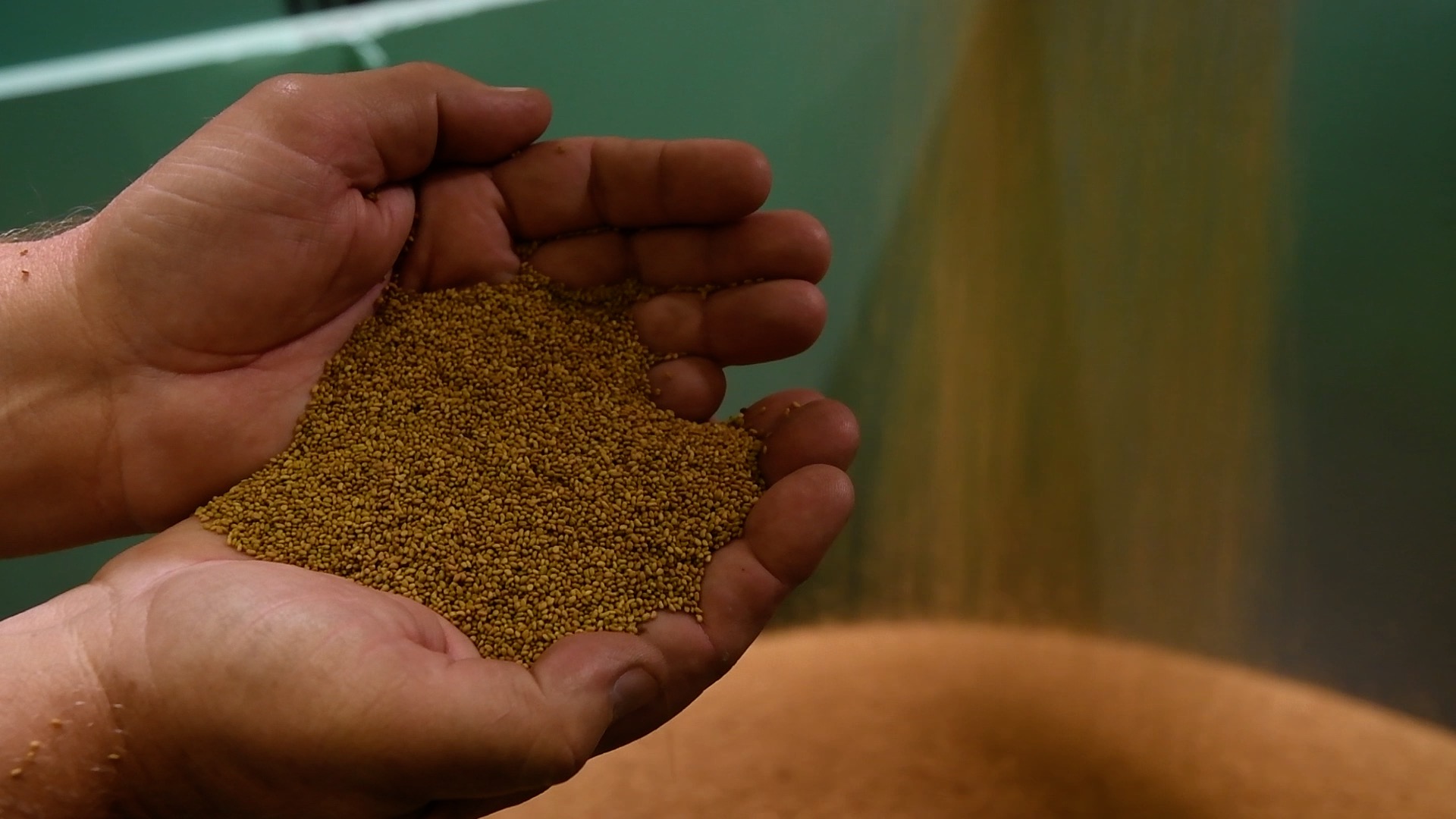
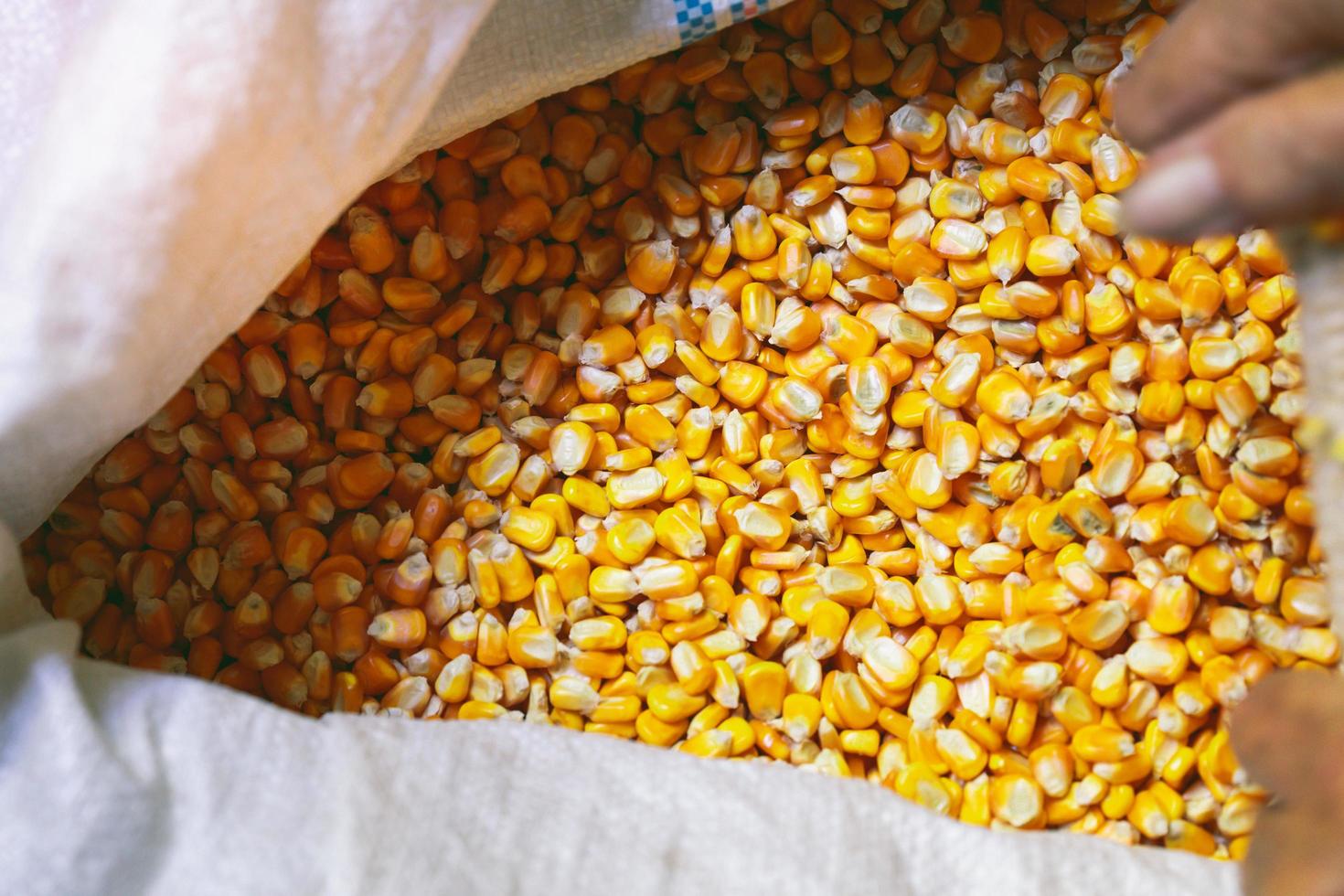
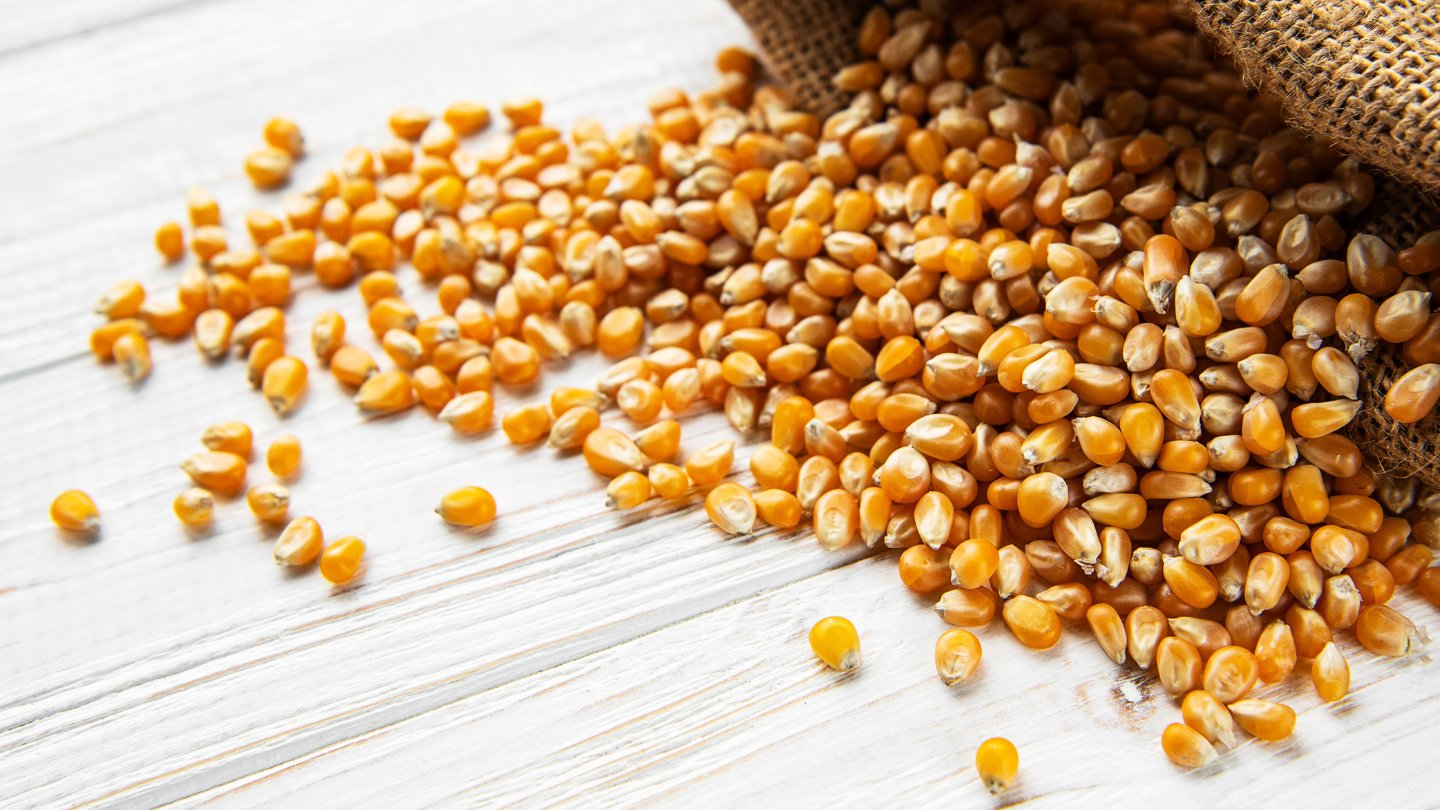
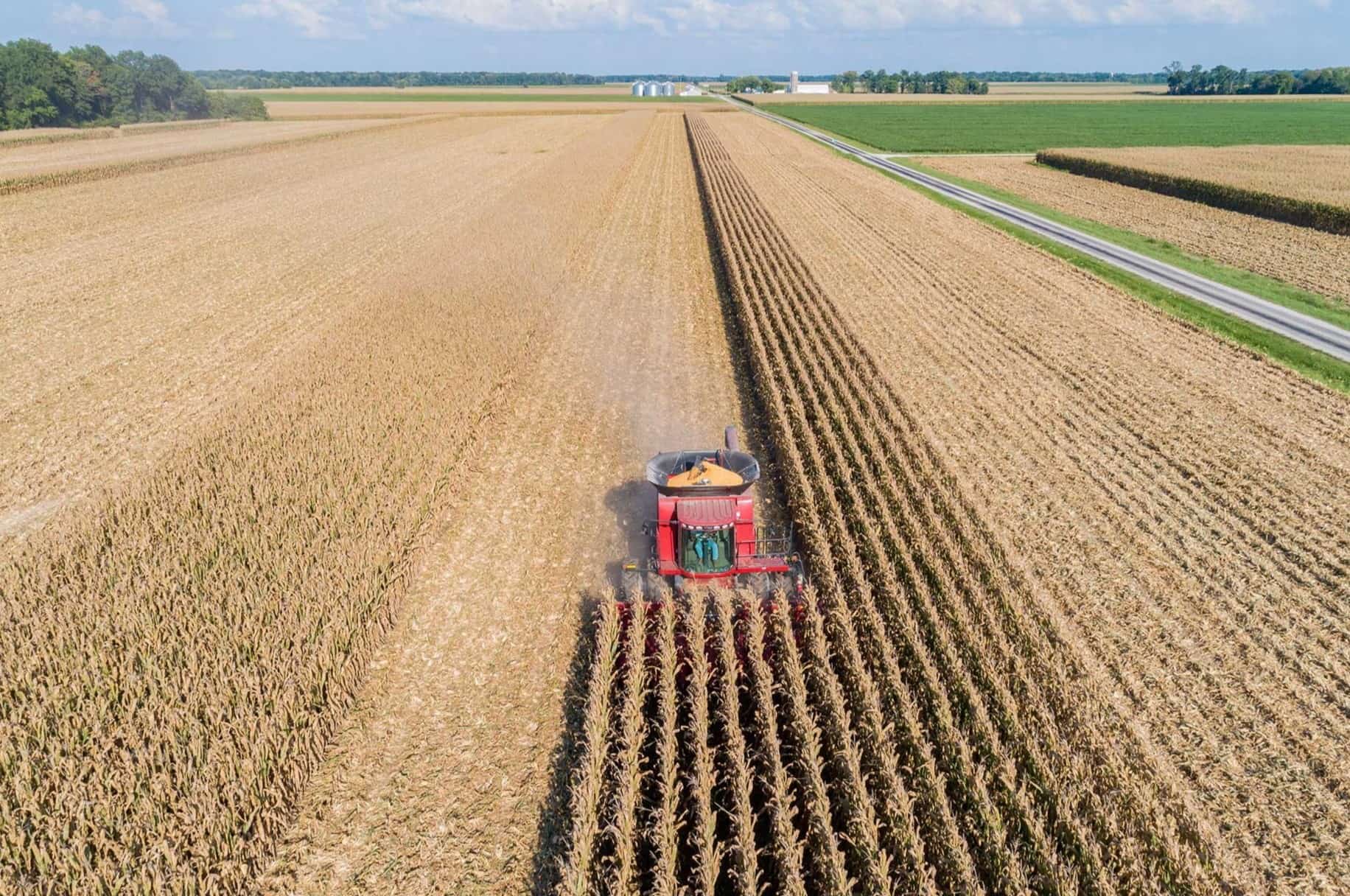
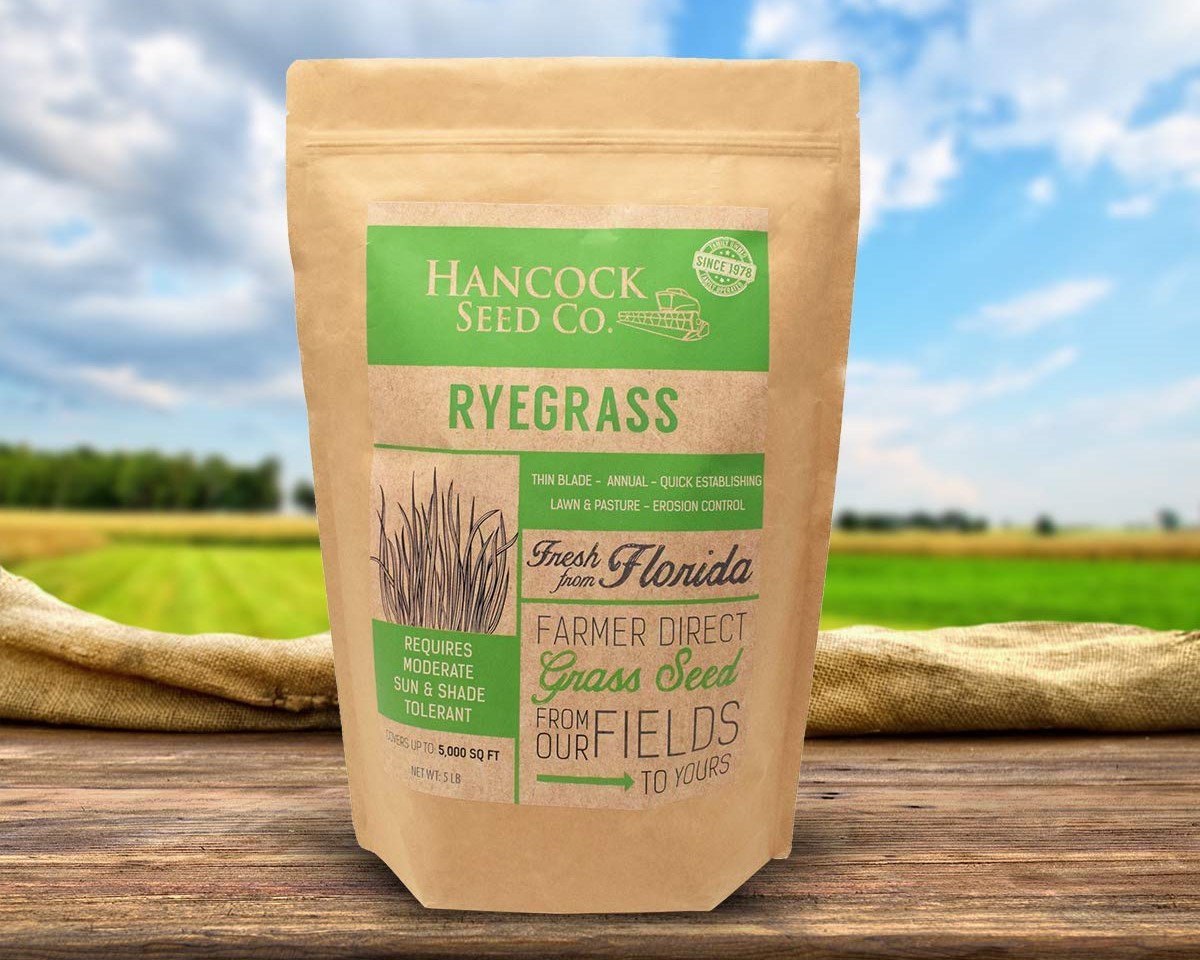
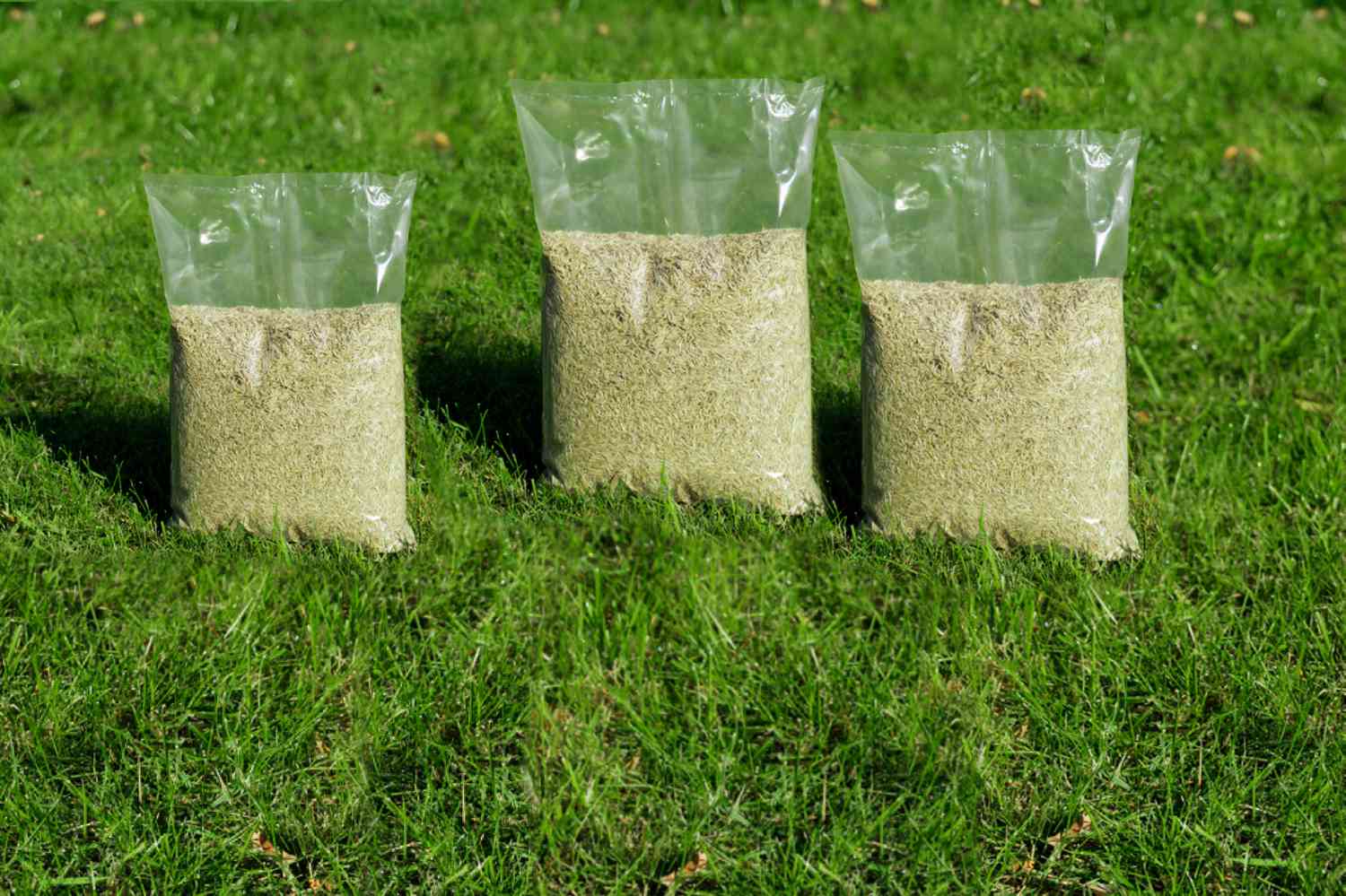
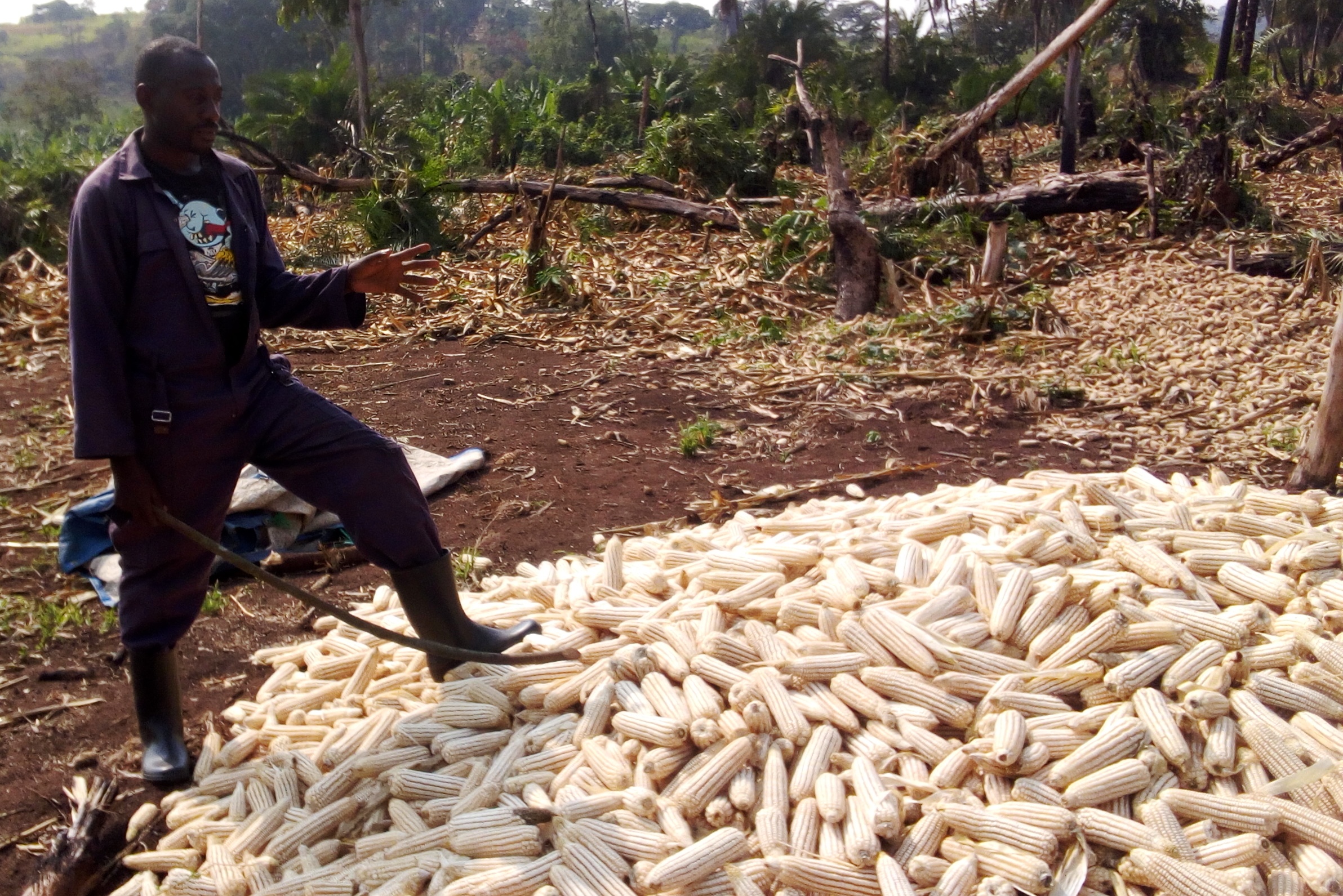

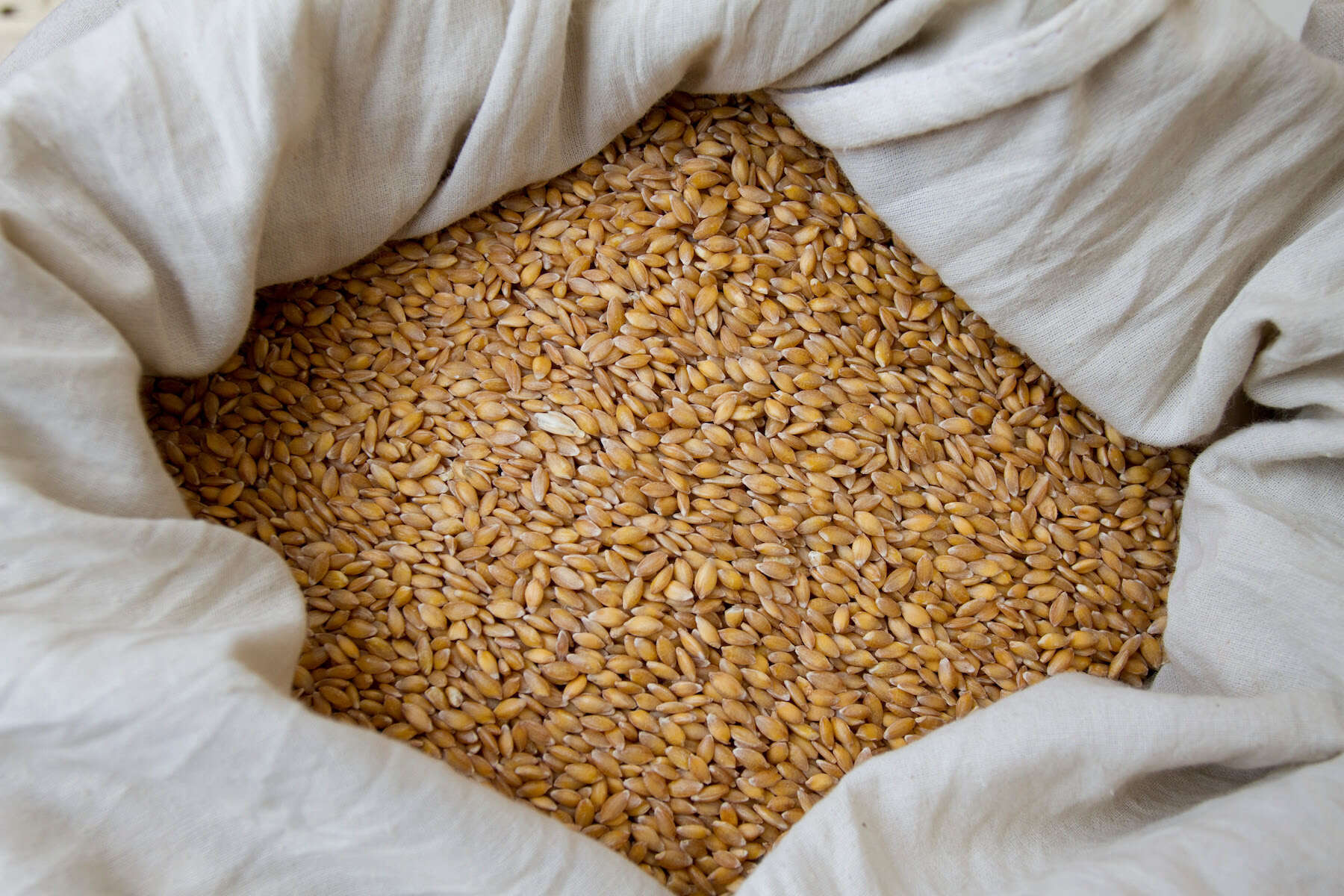
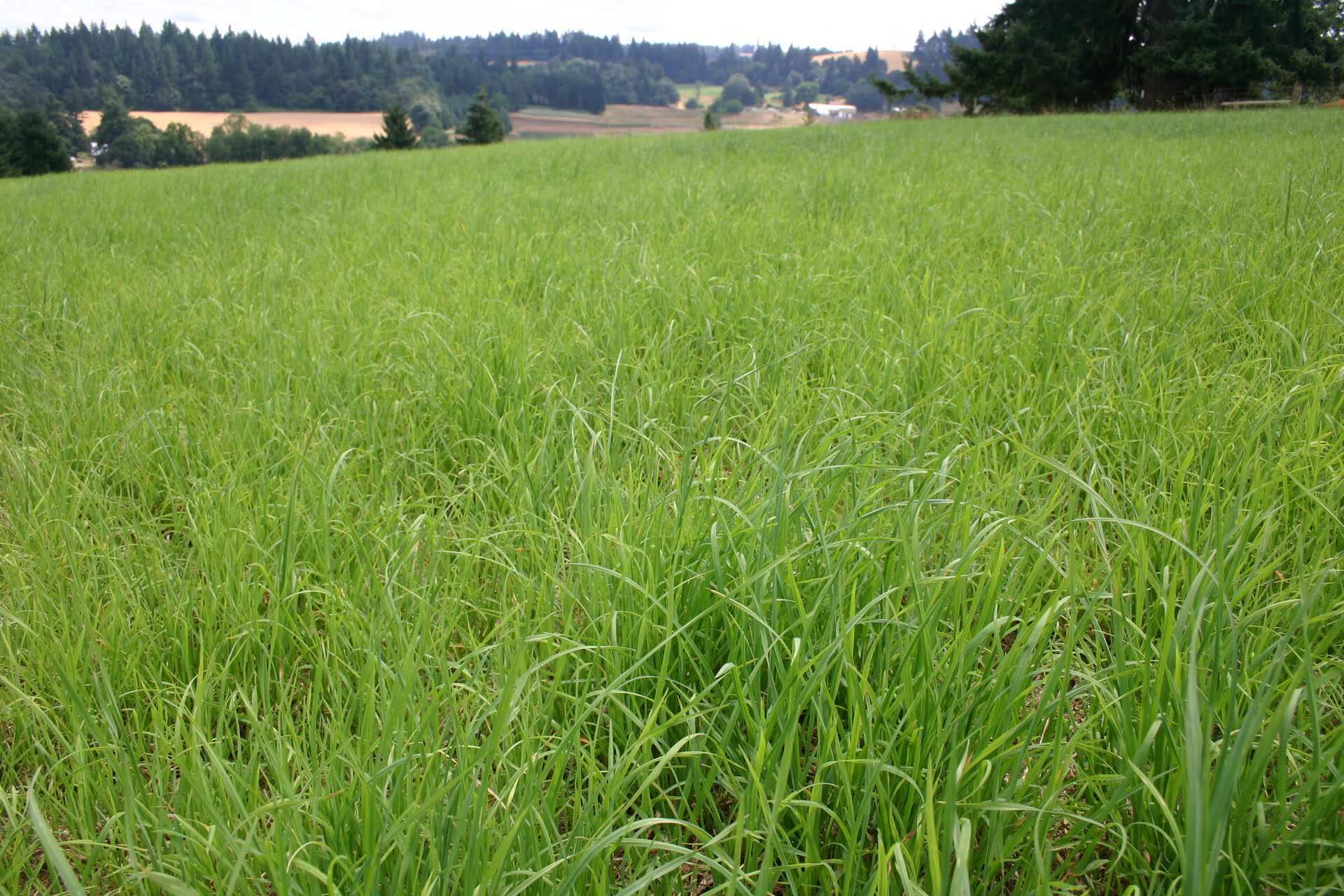
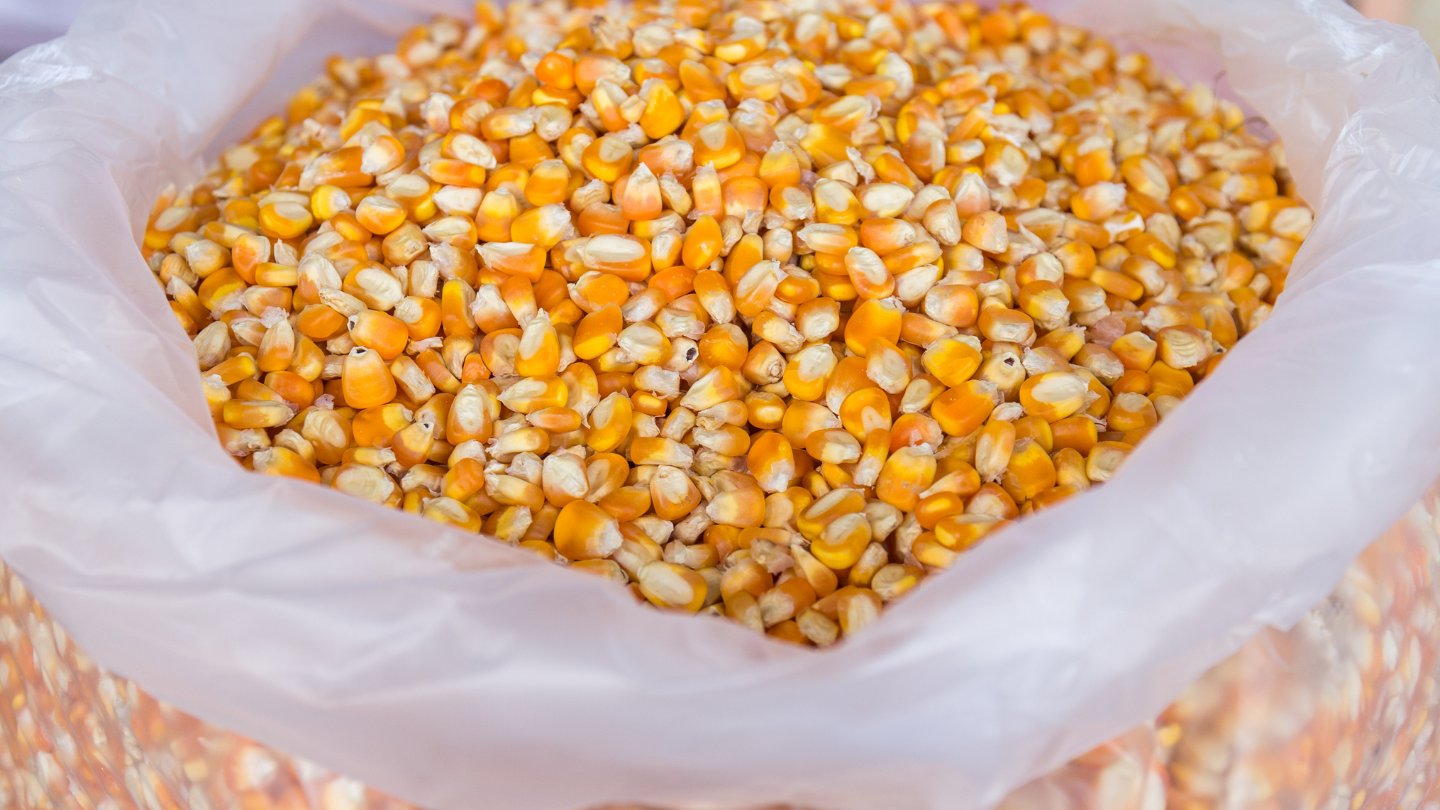

0 thoughts on “How Much Ryegrass Seed Per Acre”